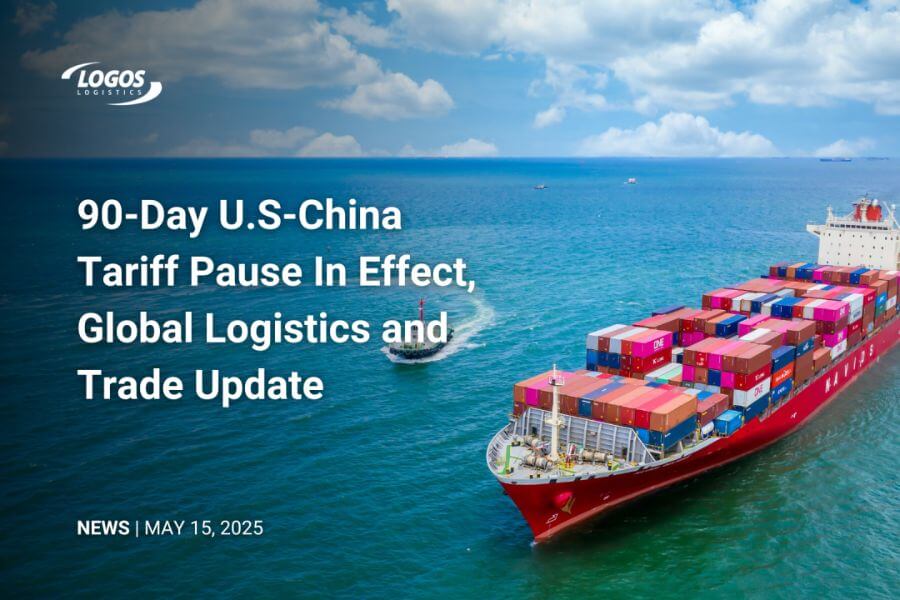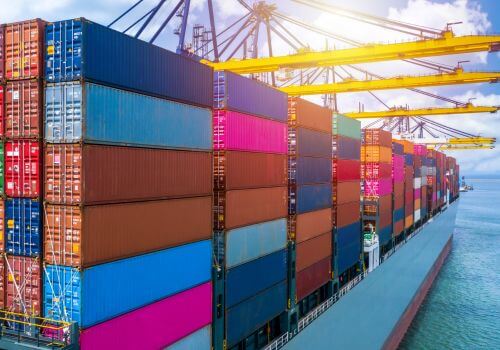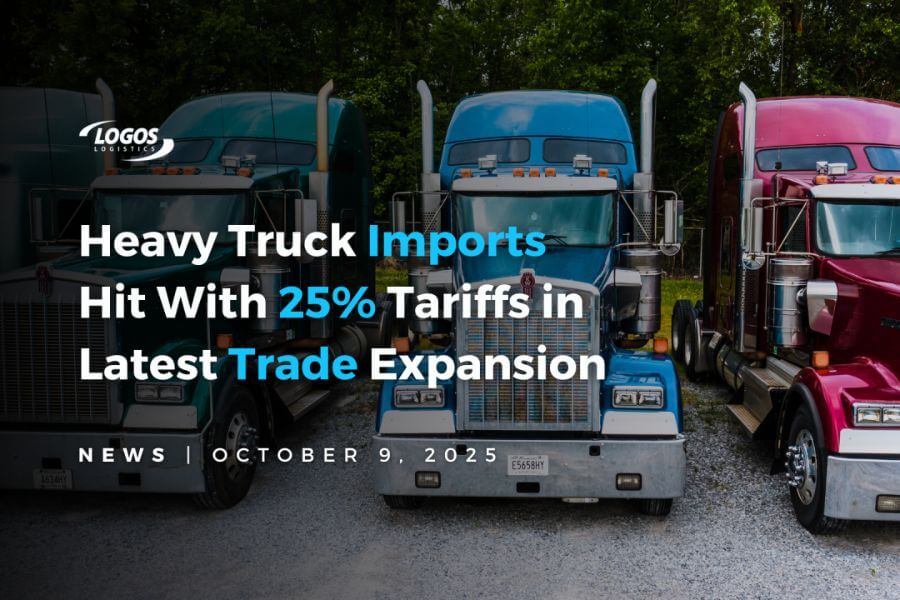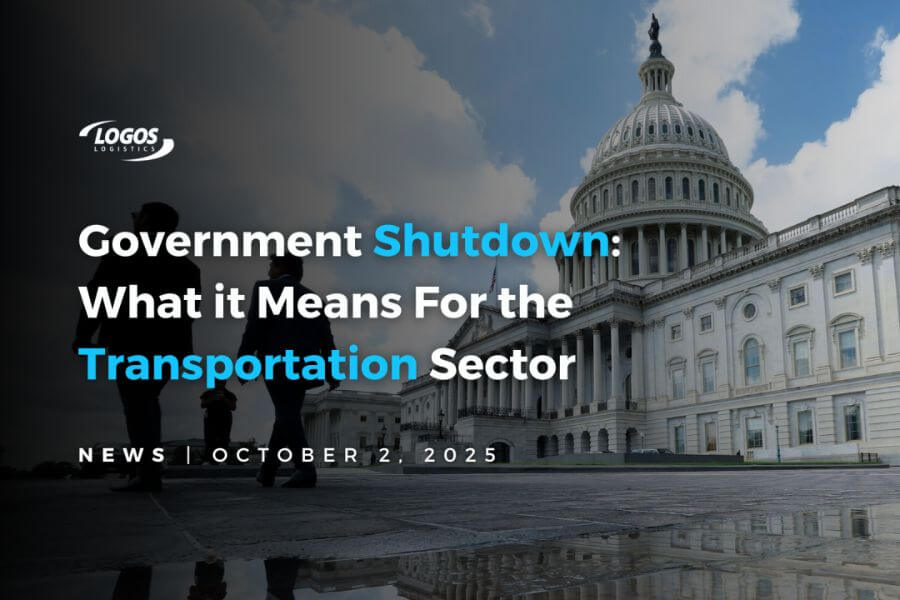In a pivotal shift for global trade, the United States and China have agreed to a 90-day pause on escalating tariffs, effective May 14, 2025. While framed as a diplomatic truce, the real implications lie in how this move will reshape short-term logistics flows, trade costs, and operational strategies for businesses worldwide.
What it means for supply chain and logistics operators
1. Short-term demand surge
Shipping volumes are already rising. Hapag-Lloyd reported a 50% weekly increase in U.S.-China freight bookings since the announcement. Forwarders should prepare for capacity constraints, especially on Trans-Pacific lanes.
2. Shift in sourcing strategy
Many firms that had shifted procurement to Vietnam, India, and Mexico may temporarily revert to Chinese suppliers, enticed by lower tariffs. This could disrupt supply chain diversification strategies—China Plus One planning may stall or reverse, even if temporarily.
3. Warehousing and inventory
Expect increased inbound flows into U.S. and Chinese ports, putting pressure on warehouse capacity, particularly in logistics hubs like Los Angeles, Shenzhen, and Shanghai. Businesses may engage in “pre-tariff restocking” before the pause expires.
4. Customs and compliance adjustments
With tariff codes changing quickly, logistics and customs compliance teams will need to closely monitor Harmonized Tariff Schedule updates and ensure proper classification and documentation to benefit from lower rates.
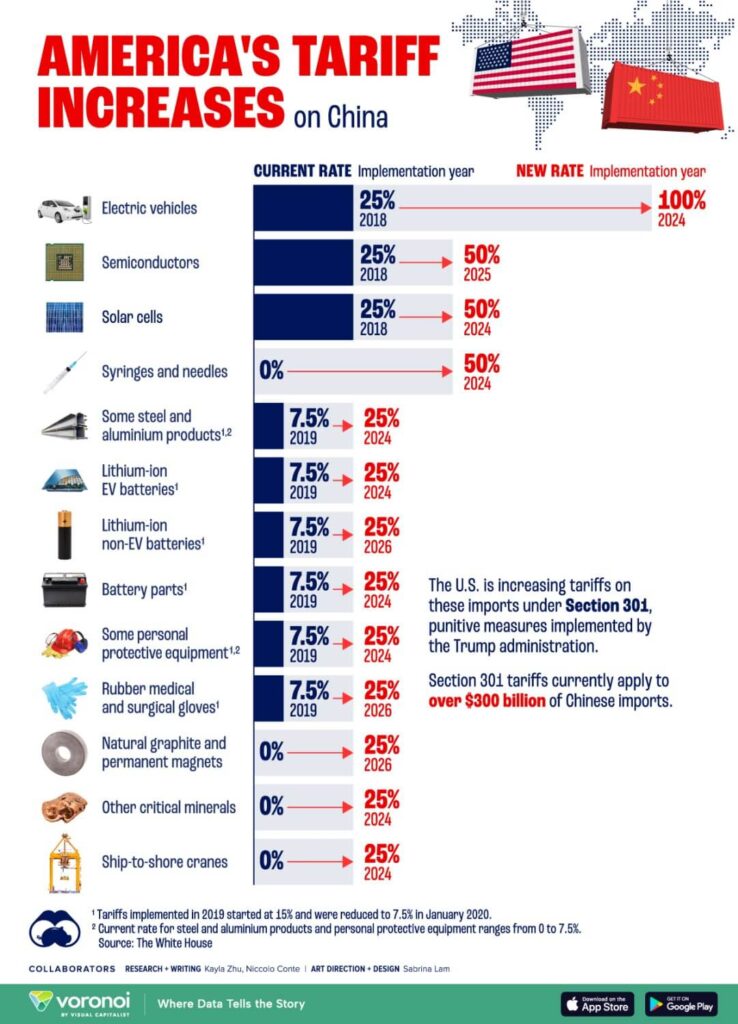
Business considerations
Review cost models
Firms should reassess landed cost estimates for the next quarter. Lower duties may improve margin forecasts—but only temporarily.
Revisit freight contracts
Shippers may want to renegotiate spot and short-term freight contracts while rates are still favorable. Carriers are expected to raise prices in anticipation of higher demand.
Communicate with partners
Work closely with 3PLs, customs brokers, and suppliers to time shipments within the 90-day window. Prioritize high-value or high-margin SKUs.
Other factors
The de minimis threshold refers to the minimum value of goods that can be imported into a country without incurring duties or taxes. In the U.S., this threshold is currently set at $800, meaning shipments valued below that amount can enter tariff-free. This rule has significantly benefited e-commerce giants and platforms like Shein and Temu, allowing them to ship low-cost goods directly to U.S. consumers without paying import duties. However, the de minimis provision has come under increased scrutiny amid trade tensions, with lawmakers and industry groups arguing that it creates an uneven playing field for domestic retailers and manufacturers.
Risks and strategic watchpoints
- Volatility Post-Pause: The underlying trade dispute is unresolved. If talks collapse, tariffs could snap back or even increase, disrupting planned shipments.
- Geopolitical Overhang: U.S. elections and China’s economic challenges may influence trade policy reversals or extensions—uncertainty remains high.
- Regulatory Watch: The U.S. may implement stricter scrutiny on Chinese tech imports even during the pause, adding layers of compliance for logistics firms.
Consensus
The 90-day U.S.–China tariff pause offers a tactical window of opportunity, not a strategic solution. Businesses engaged in cross-border trade should leverage this period to accelerate shipments, reassess supply chain resilience, and prepare for potential tariff reimplementation. For logistics professionals, agility and real-time response will be key to navigating the next quarter.

